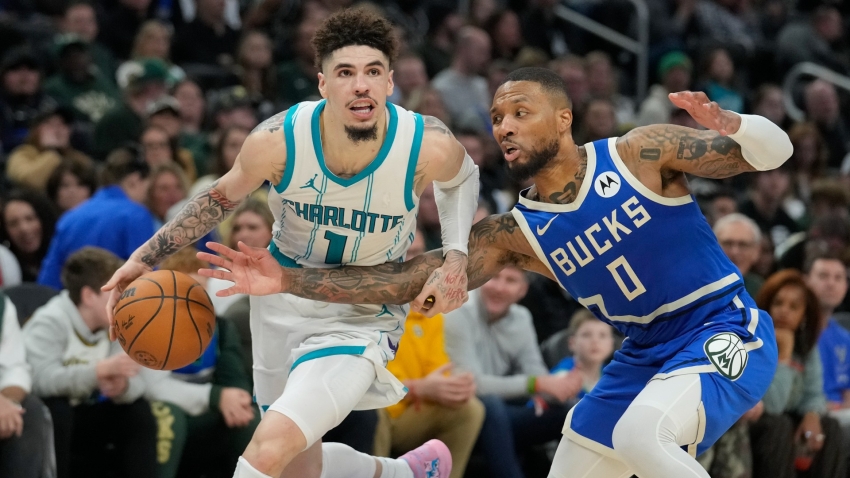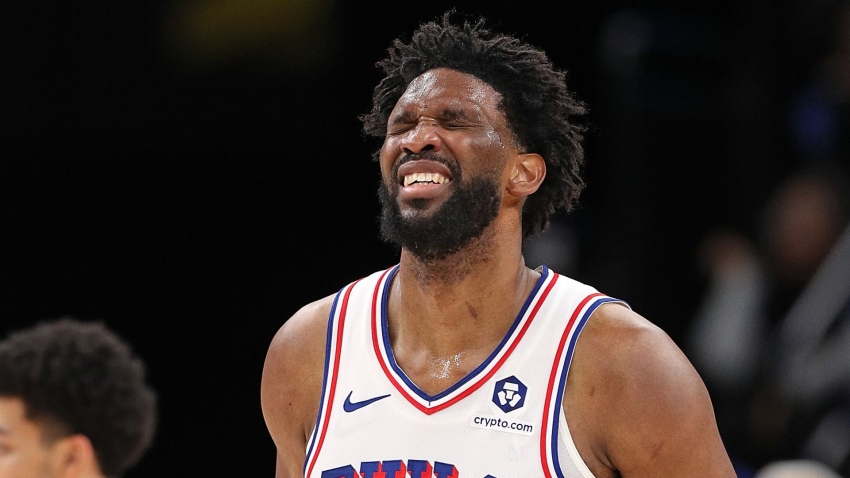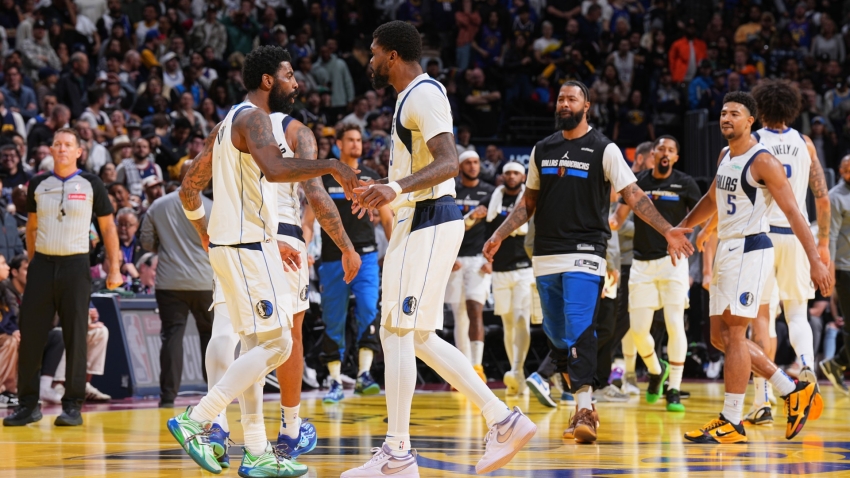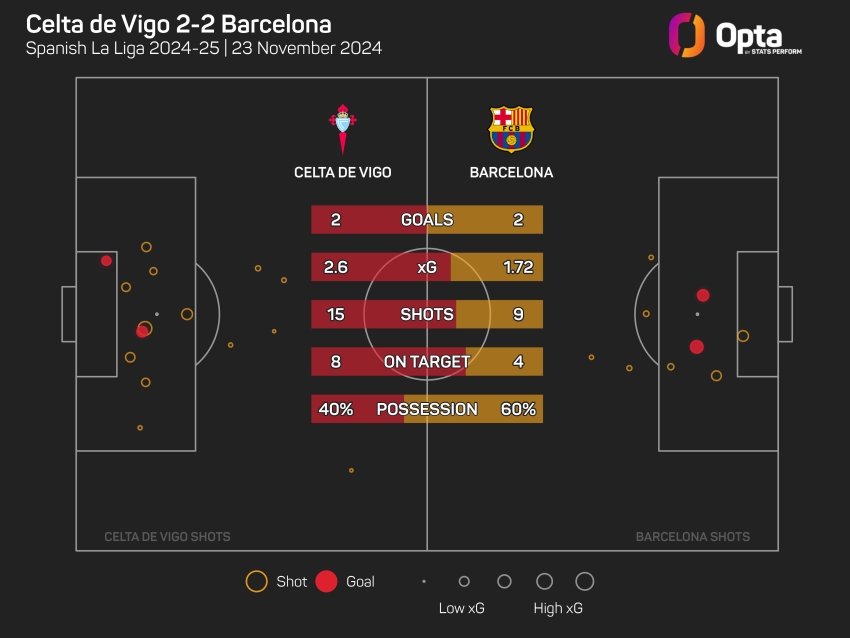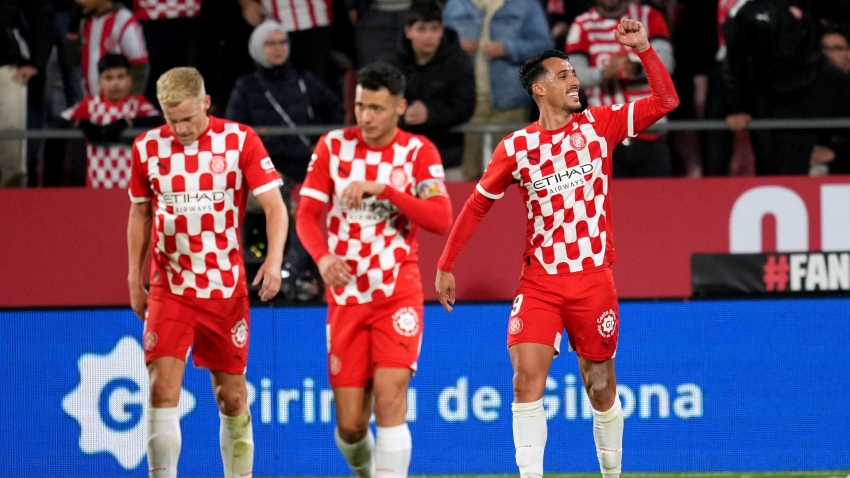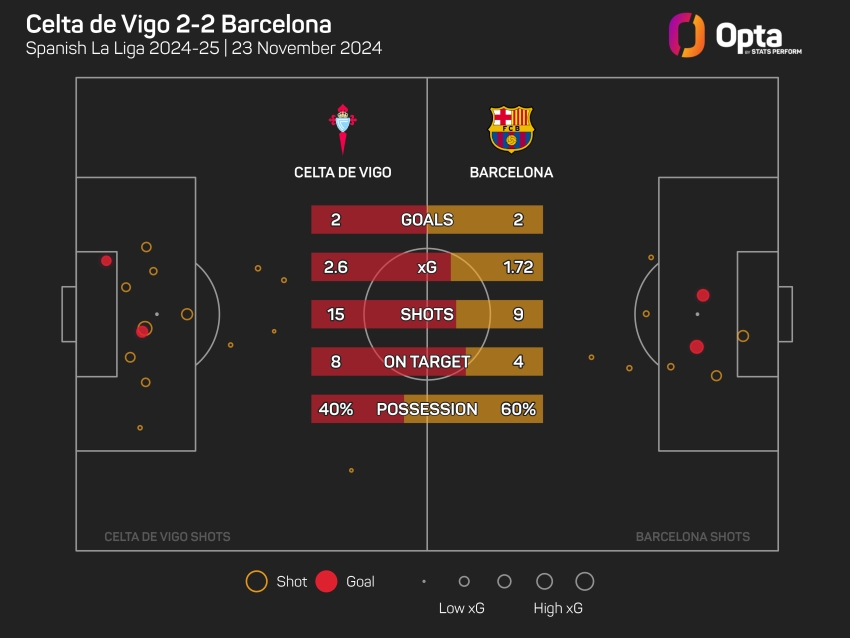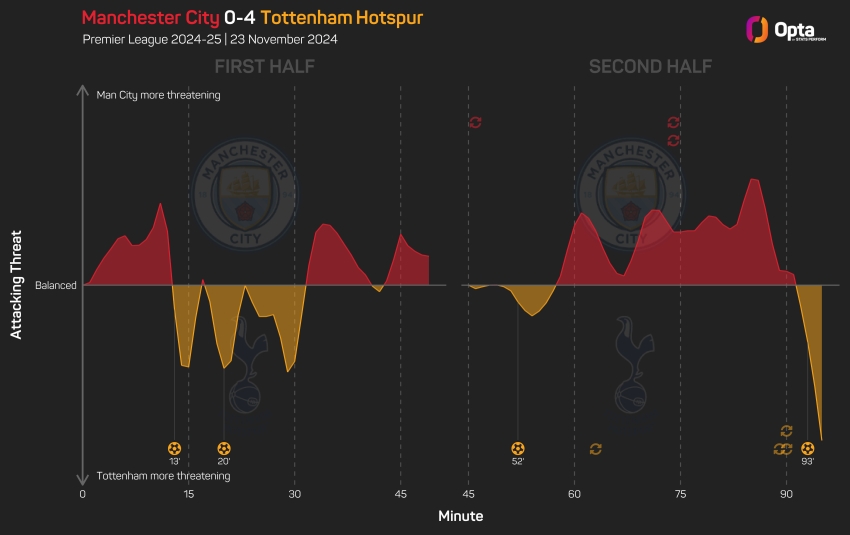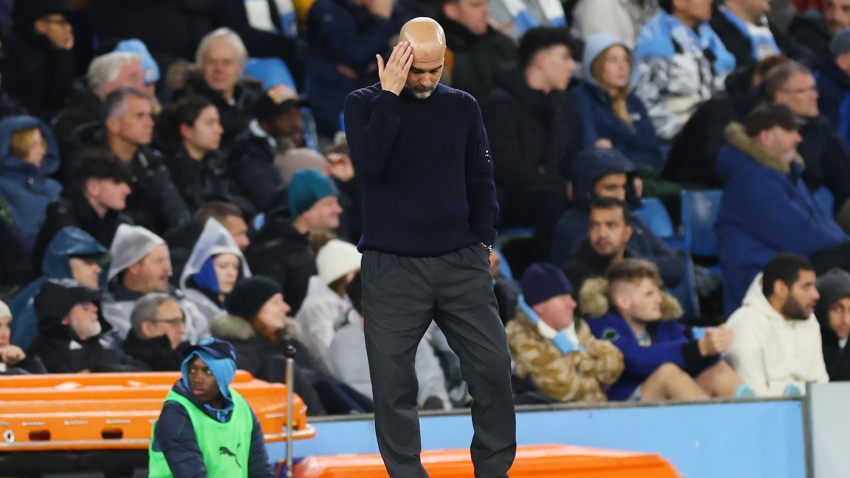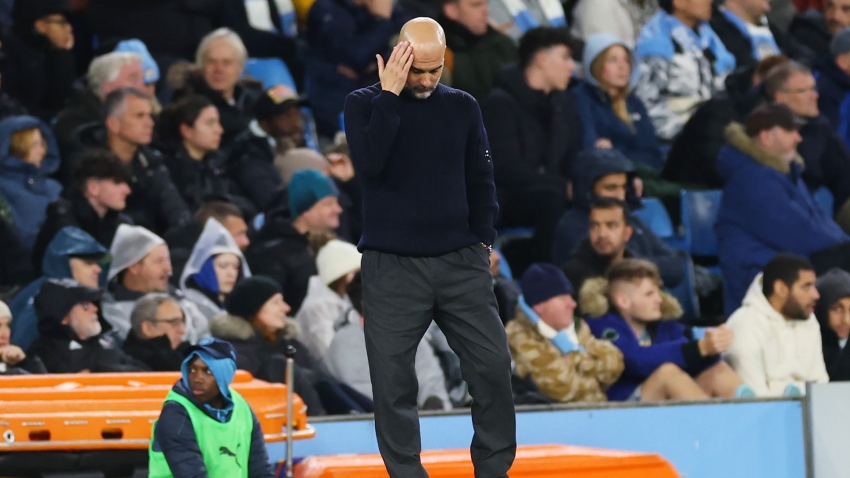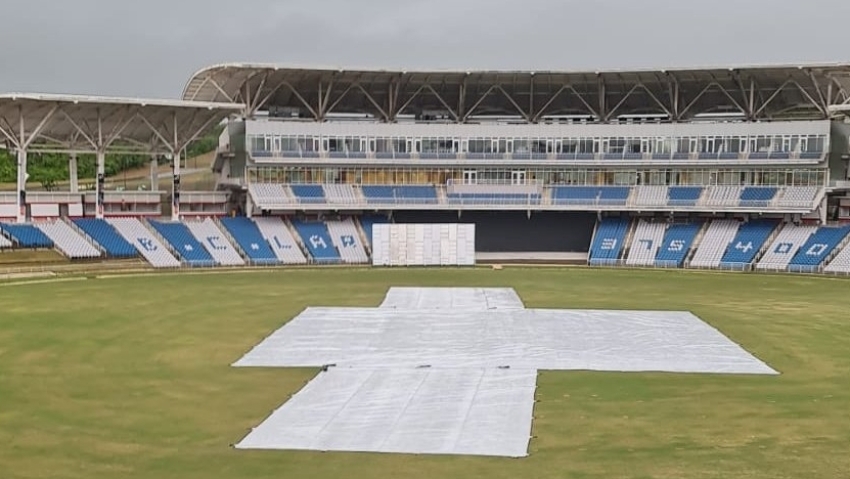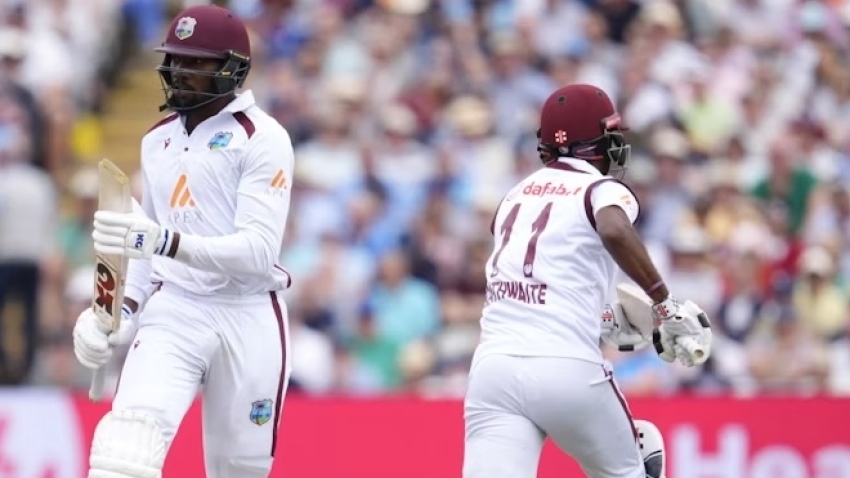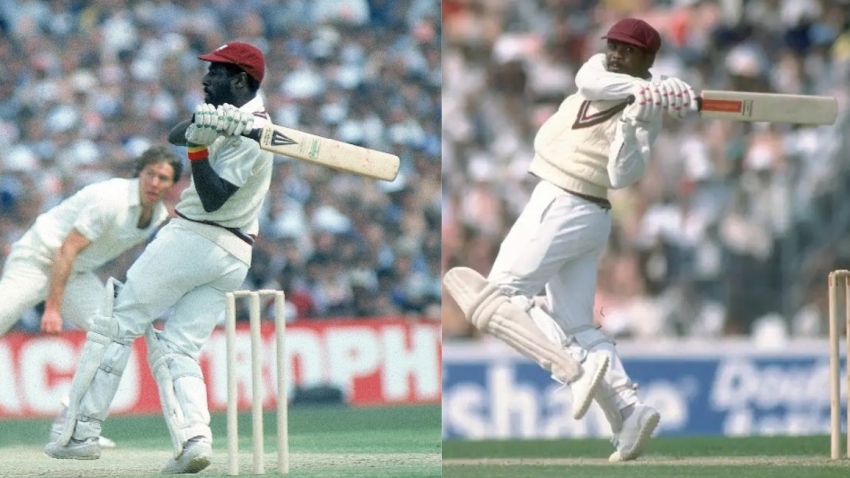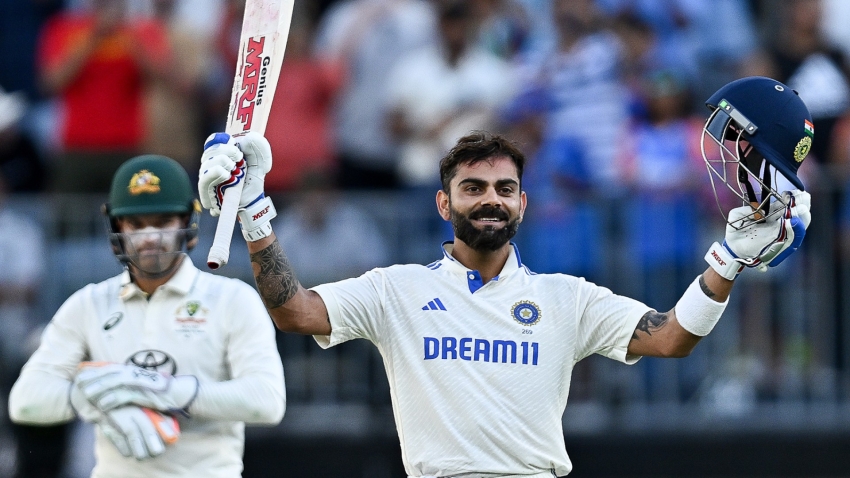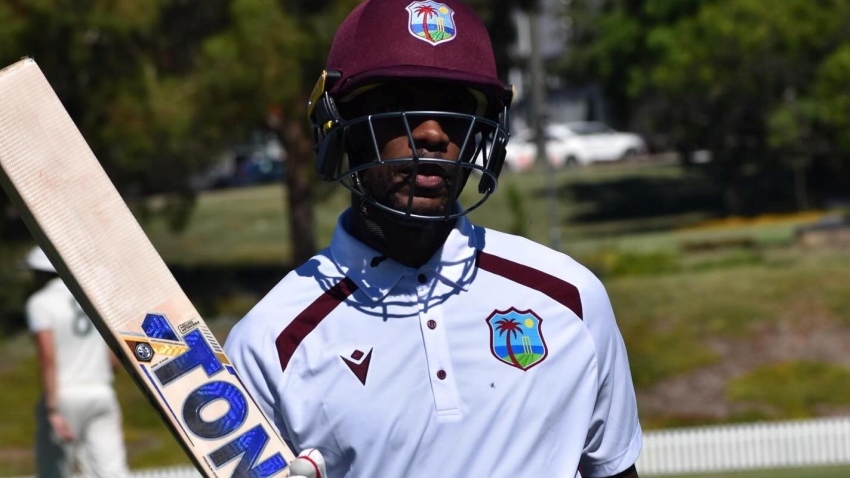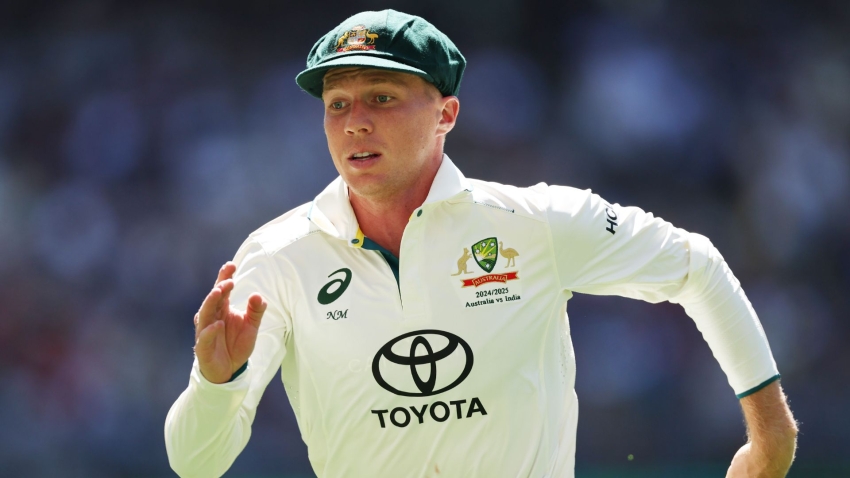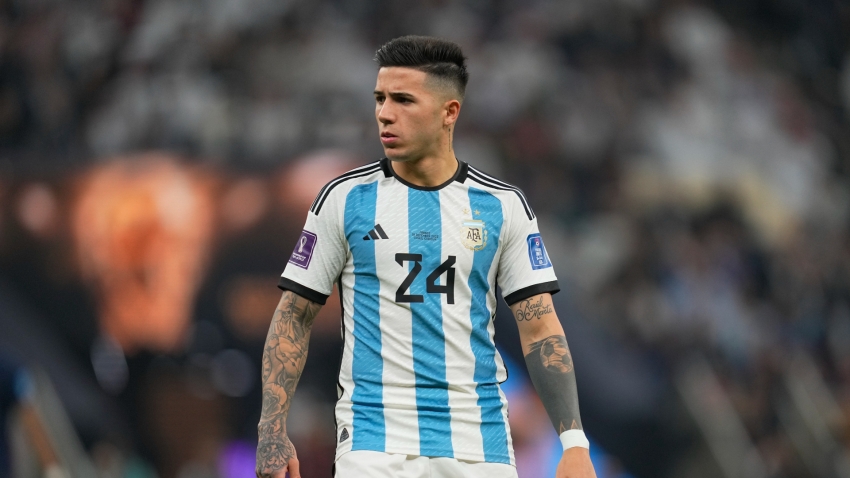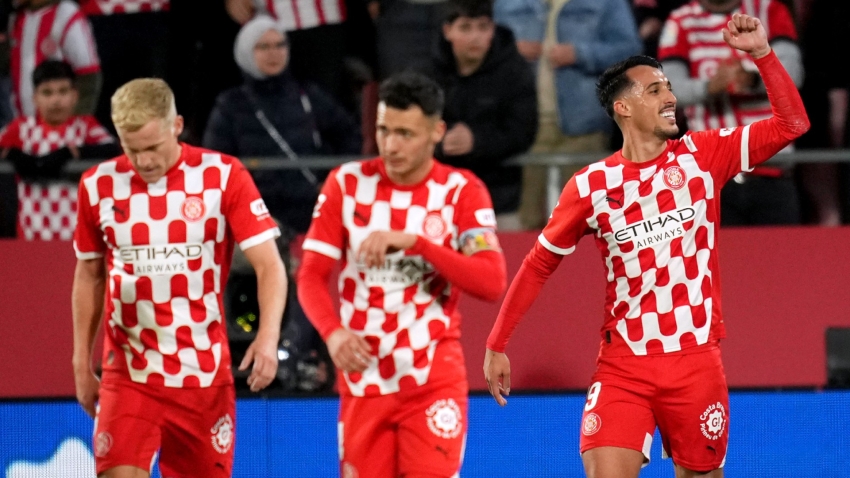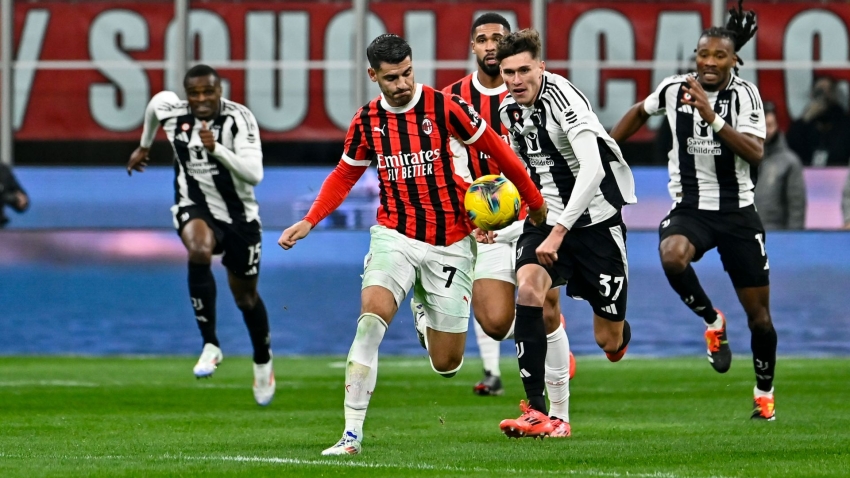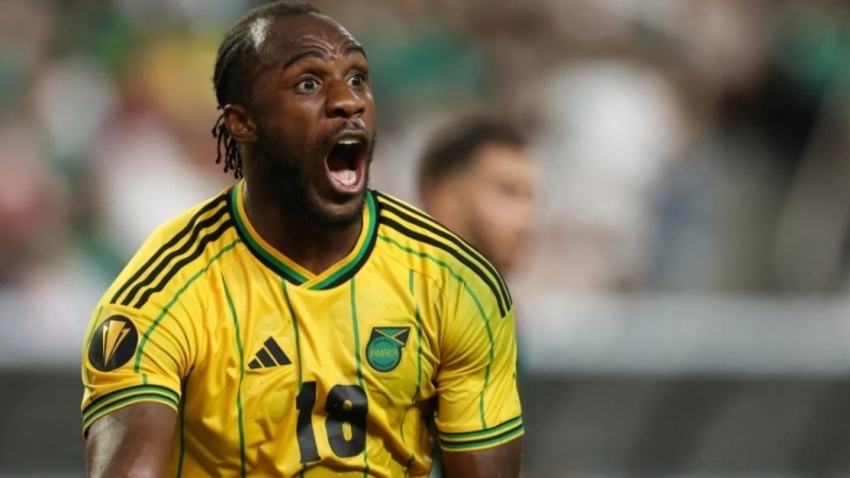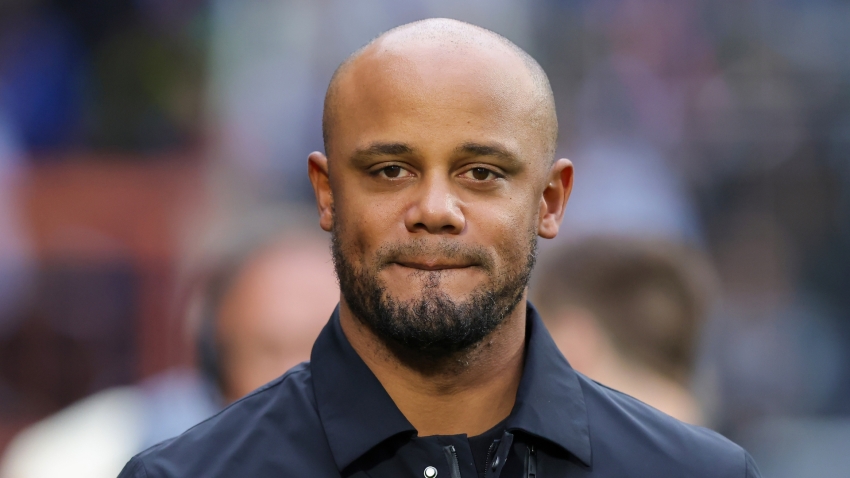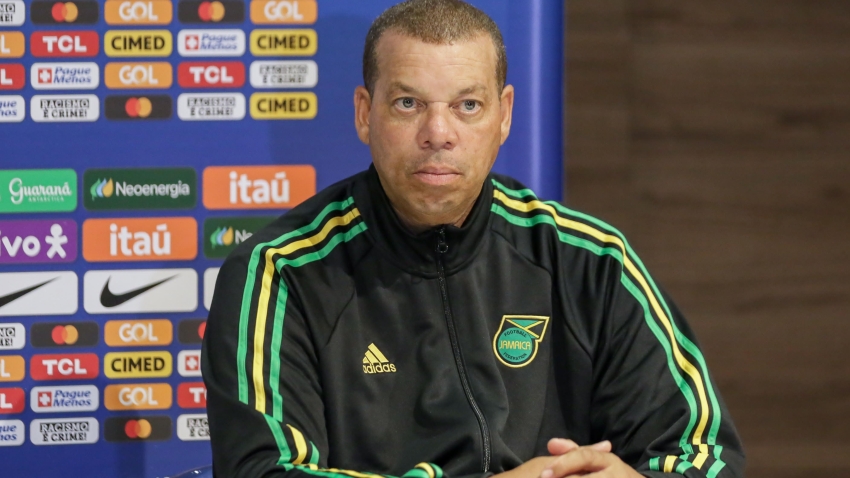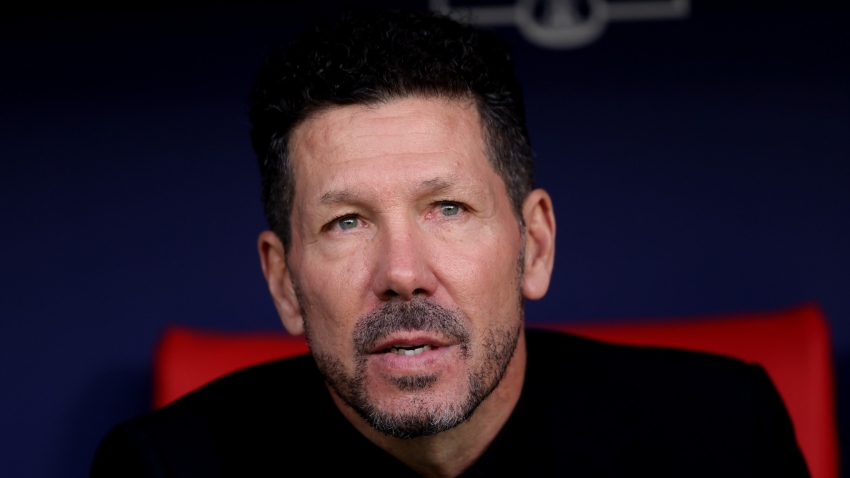Football can feel like a Formula One race at times, with things moving so rapidly that if you blink for a second, you could miss something.
For example, few would have been able to predict six months ago that in January 2023, a player called Enzo Fernandez would be joining Chelsea for a British-record transfer fee of £106.8million (€121m).
Not even many Benfica fans knew much about the midfielder when he arrived from River Plate for a reported fee of €12m in July.
Fernandez had been making a name for himself in his home country, with a loan spell at Defensa y Justicia under former Chelsea and Argentina striker Hernan Crespo convincing River Plate to give him a chance, which he took.
After 52 appearances for Los Millonarios, interest from Europe saw Fernandez linked with some big names, and it was Benfica who took the plunge.
The Lisbon club will be pleased they did after making a profit of well over €100m after just half a season, with the midfielder not only impressing in the Primeira Liga and Champions League, but also starring for Argentina as they lifted the World Cup in Qatar last month, with Fernandez claiming the FIFA Best Young Player of the Tournament award.
Is he really worth all that money, though?
Chelsea clearly think so, and in Fernandez they have bought a player who will feel like a dream come true for head coach Graham Potter.
In his time at Brighton and Hove Albion, Potter delighted in building midfields that could dominate the ball, that could keep hold of possession while also making incisive passes to turn the opposition around.
Despite being one of the smaller clubs in the Premier League, Potter's Brighton averaged 54.3 per cent possession in league games in 2021-22 (only Manchester City, Liverpool and Chelsea had more), while averaging 496 passes per game, and 59 passes into the final third per game (sixth in the league for both metrics).
Only Man City, Arsenal and, funnily enough, Brighton have a higher possession average than Chelsea since Potter took charge at Stamford Bridge in September, while only City have attempted more passes than the Blues, which will be where Fernandez comes in.
The man who only turned 22 earlier on January 17 is a passing machine, having completed 1,431 in total in just 17 Primeira Liga games, over 200 more than the player with the next most in the Portuguese top-flight.
It is not simply quantity over quality either, as Fernandez has also made 248 passes into the final third, at least 51 more than any other player.
Not only do they lead the league in terms of the table, but Benfica are also league leaders in averages for possession (66.0 per cent), passes per game (623) and passes ending in the final third per game (70.6). Their style enables Fernandez, but in turn, his ability allows them to execute it, which must have Potter salivating.
Fernandez showed similar form in the Champions League as Benfica surprisingly won a group that included Paris Saint-Germain and Juventus, before going on to star in the World Cup as well.
Several big clubs had already taken a shine to him, but the astonishing figure shelled out for him by Chelsea was no doubt rubber-stamped after his performances in Qatar, with Fernandez leading all players in the epic final between Argentina and France for touches (118), successful passes (77) and tackles (10). His 10 tackles were the most of any player in a World Cup final since Gennaro Gattuso in 2006 (15).
But is he better than what Chelsea already have?
In the Blues' midfield this season, Mateo Kovacic leads the way in terms of number of passes per 90 in Premier League games (69.0), ahead of Jorginho (61.7), with no other player to have played more than five games averaging even 50.
Fernandez has been averaging 84.18 successful passes per game in Portugal, though consideration must be given to the difference in strength between the Premier League and Primeira Liga. In fact, it is the second-most of any midfielder in any of Europe's top 10 leagues this season, behind only Manchester City's Rodri (84.58), and ahead of Paris Saint-Germain's Marco Verratti (78.06) and Real Madrid's Toni Kroos (74.53).
There is also the Argentine's creativity to take into account, with Chelsea struggling to score goals this season having only managed 22 in 20 league games so far.
In league games, of those to have played more than twice, Conor Gallagher is averaging the most chances created from open play of Potter's midfield options at 1.59 per game, followed by Carney Chukwuemeka (1.38) and Mason Mount (1.24). Fernandez has averaged 1.62 per game.
When you consider that Potter already had Kovacic, Mount, Gallagher, N'Golo Kante, Ruben Loftus-Cheek, Denis Zakaria, Lewis Hall and Chukwuemeka to choose from, with Jorginho having departed for Arsenal on deadline day, you might think spending nine figures on another midfielder to be somewhat indulgent.
With the early promise and potential trajectory of Fernandez though, Chelsea have quite probably taken the next step in a long-term rebuild. Jorginho and Kante are both 31 years old and out of contract at the end of the season, and investing in the future rather than the past makes sense for a team that always wants to be challenging for the biggest trophies.
With great spending comes great expectations though, and the pressure will be immense on Fernandez to not just shine on the big stage, but to do so immediately.
Chelsea's newest addition could justifiably insist he has done just that with every challenge thrown at him in a short space of time, including the biggest challenge of winning the World Cup.
Enzo will no doubt back himself to prove he can live up to the price tag and be the Ferrari that Graham Potter needs.


